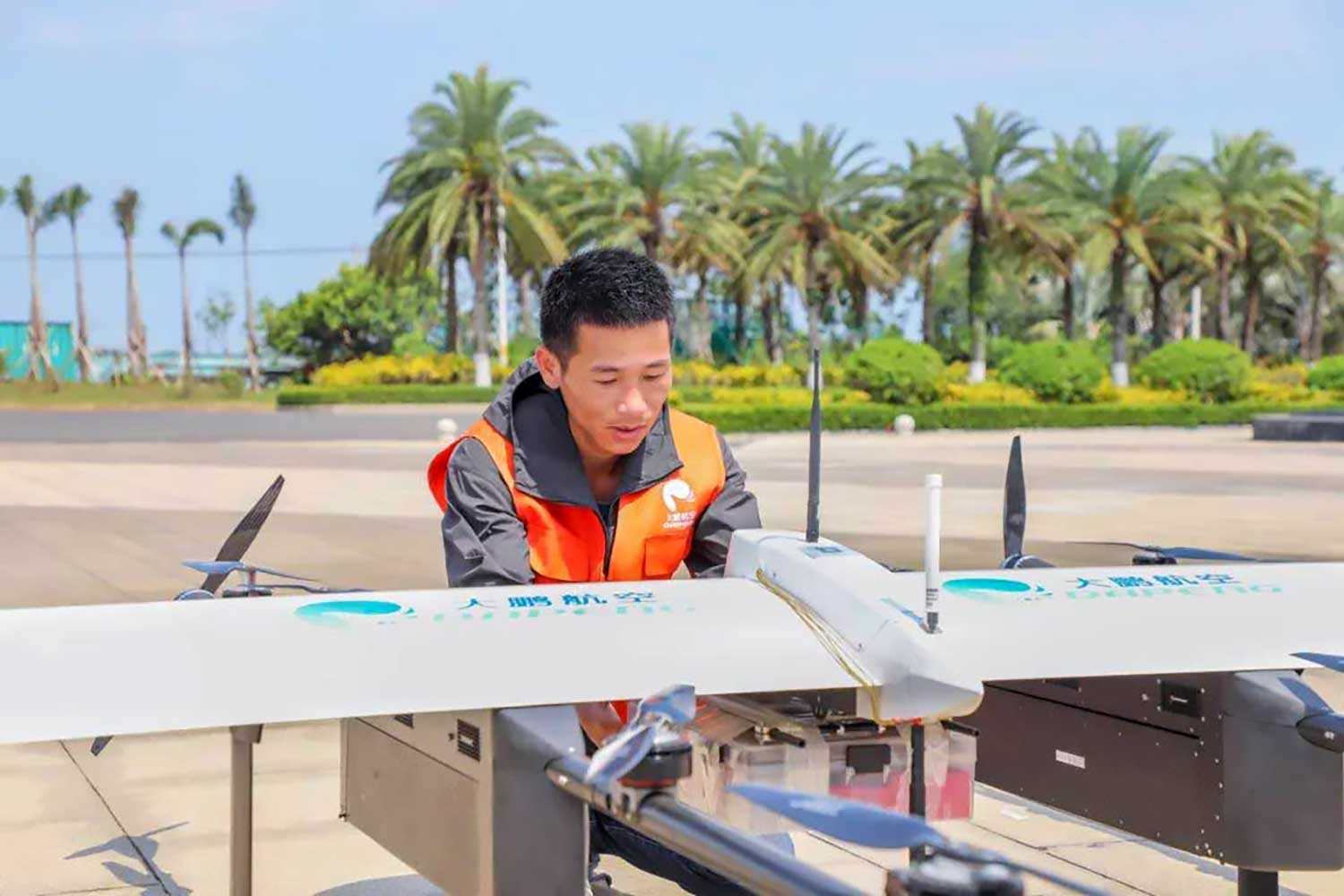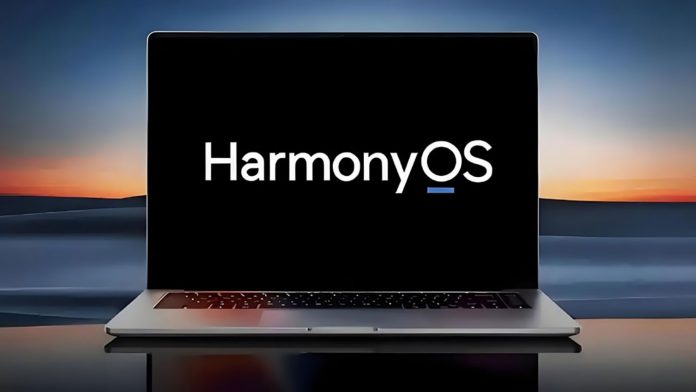A New Operating System, Not Just a Facelift
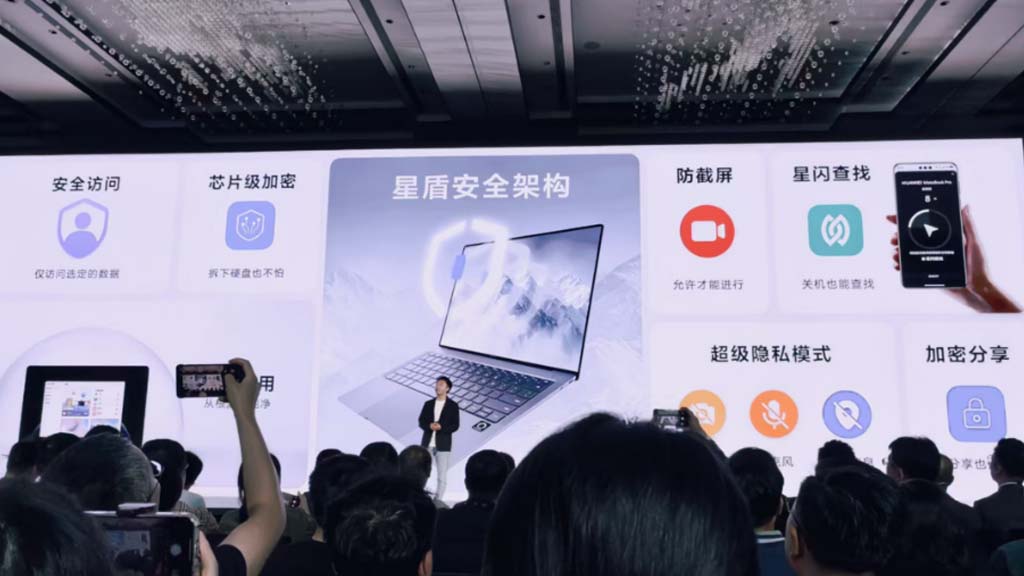
In a move that could redefine the personal computing world, Huawei has officially launched its HarmonyOS PC, China’s first fully self-developed, kernel-level desktop operating system. Unveiled at a major launch event in Chengdu on May 19, this release is not just a technical milestone, but a geopolitical statement, marking China’s accelerating push for technological self-reliance.
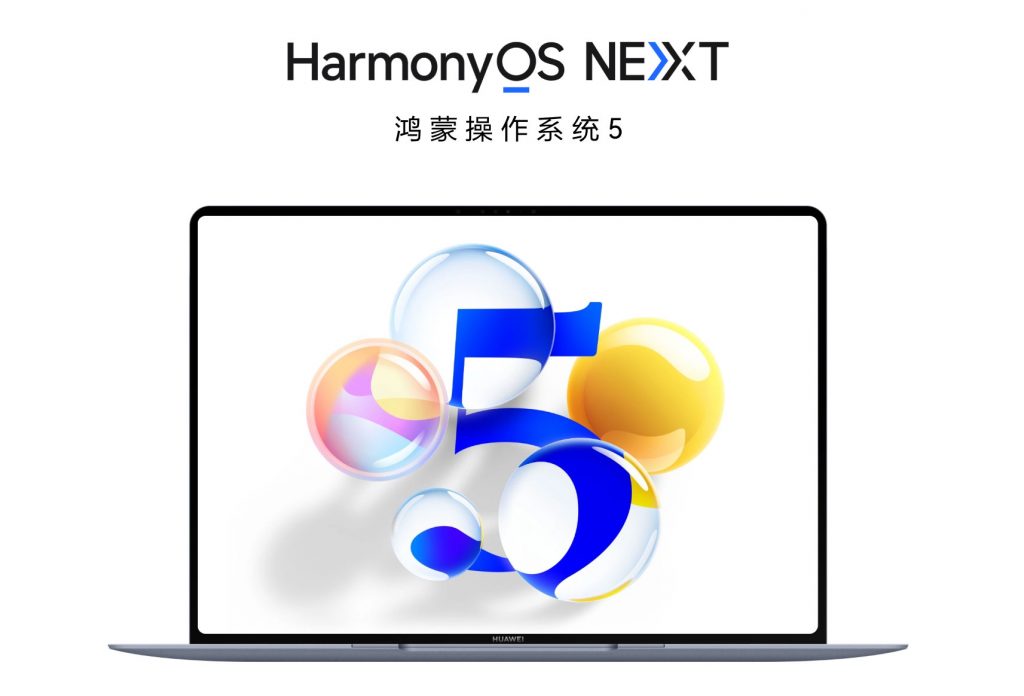
HarmonyOS PC is not simply another Linux fork or a Windows skin. It’s a reengineered operating system, transitioning away from its earlier reliance on Android/Linux components. Built on a microkernel architecture developed in-house by Huawei, it has earned an A-level autonomous maturity certification from China’s Information and Communication Research Institute, recognizing its independence from Western software stacks.
A brand new operating system from the kernel level
When we say the HarmonyOS PC is “built on a completely reconstructed operating system from the kernel level,” it means Huawei didn’t just tweak or modify an existing system like Windows or Linux-they built the very core (the “kernel”) of the operating system themselves, from scratch, to suit their own needs.
What is a Kernel?
A kernel doesn’t “look like” something you can see or touch-it’s not a physical part, but rather a special piece of software that sits at the very core of your computer’s operating system. If you imagine your computer as a layer cake, the kernel is the middle layer that connects the hardware (the bottom layer-your CPU, memory, and devices) to the software and apps you use (the top layer).
Visualizing the Kernel’s Role

Hardware (bottom layer): The physical parts-CPU, memory, disk, etc.
Kernel (middle layer): The “control center” software that manages hardware and lets your apps use it safely.
User Space (top layer): Where your apps and programs run, separated from the kernel for safety.
When you open a program or save a file, your request goes from the app (user space) to the kernel, which then talks to the hardware to get the job done.
Operating systems, like Windows and Linux, have their own kernels that have been developed and improved over decades.
What Makes HarmonyOS Different?
No Dependence on Android or Linux: Earlier versions of HarmonyOS used parts of Android or Linux. The new HarmonyOS PC version, called HarmonyOS NEXT, is fully independent-it doesn’t rely on Android or Linux at all. This means it can’t run Android or Windows apps directly, but it is more optimized for Huawei’s own devices.
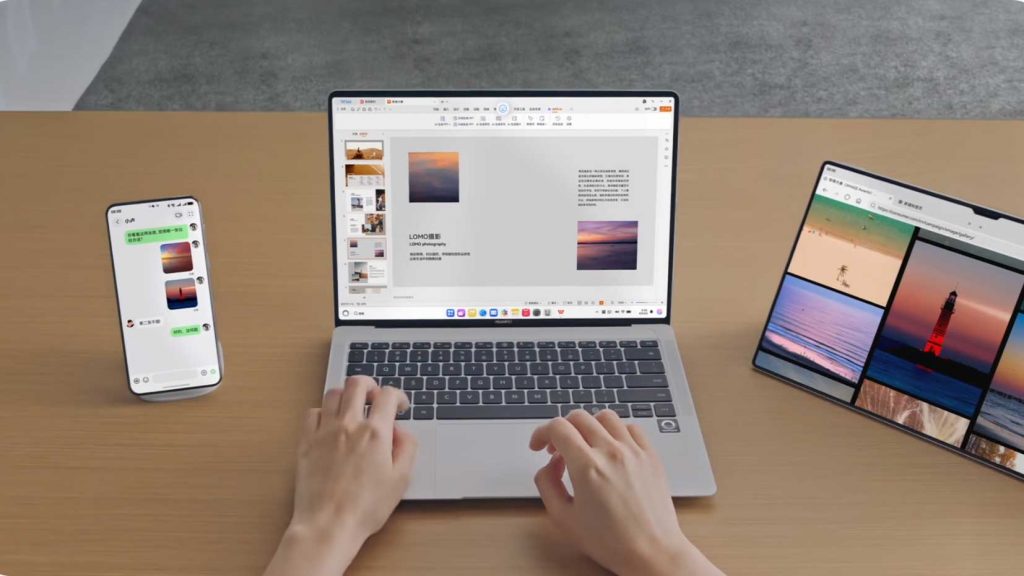
Optimized for Harmony Devices: Because Huawei built the system from the ground up, they designed it to work especially well with their own hardware and other HarmonyOS devices, allowing for tight integration and seamless experiences across phones, tablets, and PCs.
The scale of development was enormous: five years of planning, over 10,000 engineers, 20+ research institutes involved, and more than 2,700 core patents filed. The OS contains approximately 1.1 billion lines of code, making it a fundamental leap forward rather than a mere software refresh.
Huawei’s StarShield security architecture underpins the system, featuring document-level encryption, full-process application integrity verification, and physical drive-level data protection. While these security measures aim to enhance control, privacy, and trust within sovereign computing environments, third-party verification of their effectiveness is still underway.
The Hardware: Premium, Polished, and Purpose-Driven
The launch lineup features two flagship devices:
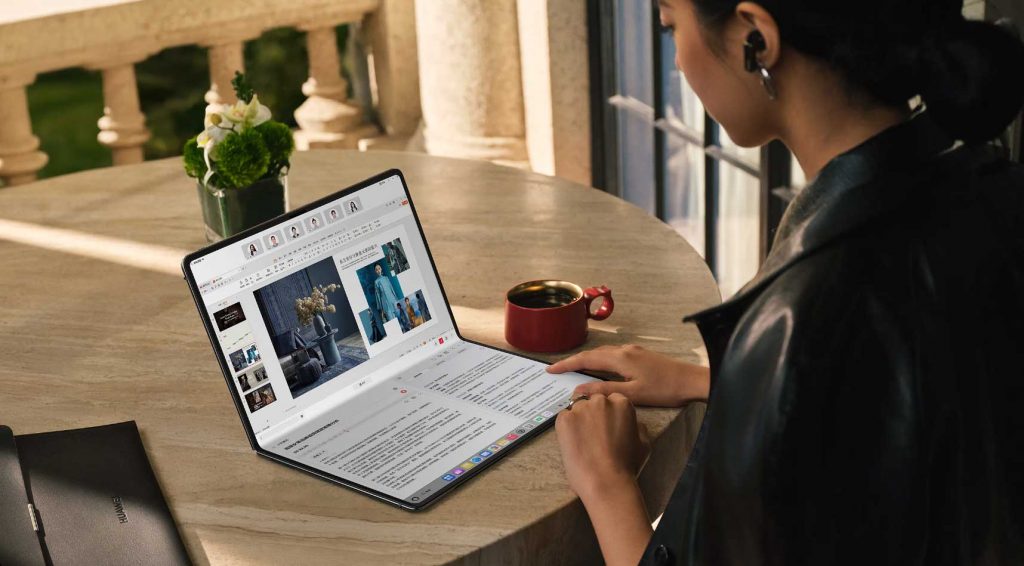
Huawei MateBook Pro – an ultra-lightweight 970g laptop, powered by Huawei’s new 10-core ARM-based Kirin X90 processor.
MateBook Fold “Ultimate Design” – a foldable 18-inch OLED tablet-laptop hybrid, weighing 1.16kg and measuring 7.3mm thin.
A third variant, utilizing the Kunpeng ARM chip, is aimed at enterprise and government use.
Both devices run HarmonyOS 5 (branded as HarmonyOS NEXT on PC), deeply integrated within Huawei’s “1+8+N” ecosystem strategy, uniting phones, tablets, wearables, and smart home devices under a distributed architecture.
The price points reflect a premium positioning: ¥7,999 ($1,100 USD) for the MateBook Pro, and a striking ¥23,999 ($3,300 USD) for the Fold, targeting early adopters and institutional buyers rather than the mainstream consumer market at this stage.
Xiaoyi AI at the Core, Not as an Add-On
(Xiao (小) – pronounced “shyow”, with a soft “sh” and a glide into “ow.” Yi (艺) – pronounced “yee”, short and clear, like the word “knee” without the “n.” Together pronounced “shyow-yee.”)
What truly sets HarmonyOS PC apart is its native AI integration. The built-in assistant, Xiaoyi, can:
- Generate PowerPoint slides
- Transcribe meetings
- Summarize documents
- Execute complex voice commands like system configuration, screen recording, and enabling dark mode
While Huawei touts offline functionality, certain tasks may still rely on limited cloud connectivity for broader AI capabilities.
Cross-Device Integration: Unified, Not Just Compatible
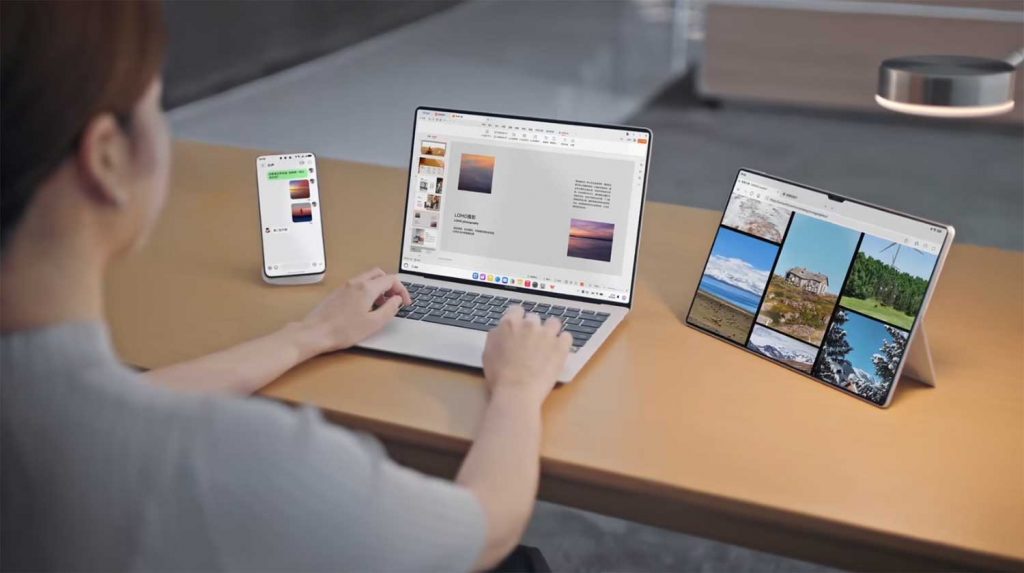
With a distributed “soft bus” architecture, HarmonyOS allows phones, tablets, and PCs to operate as extensions of one another. Users can seamlessly share a mouse, keyboard, screen, or files across devices, enhancing workflow efficiency.
Live demos showcased features like cursor tracking via face detection, but widespread adoption and real-world performance are yet to be evaluated fully.
Ecosystem: Ambitious, But ….. Early
This is where the reality check kicks in.
Despite Huawei’s claim of 7.2 million registered developers and 150+ exclusive HarmonyOS PC applications, the ecosystem remains in its infancy. The company aims to reach 2,000 PC apps by year-end, a promising trajectory but still far behind Windows and macOS’s decades of developer momentum.
ARM chips Vs x86
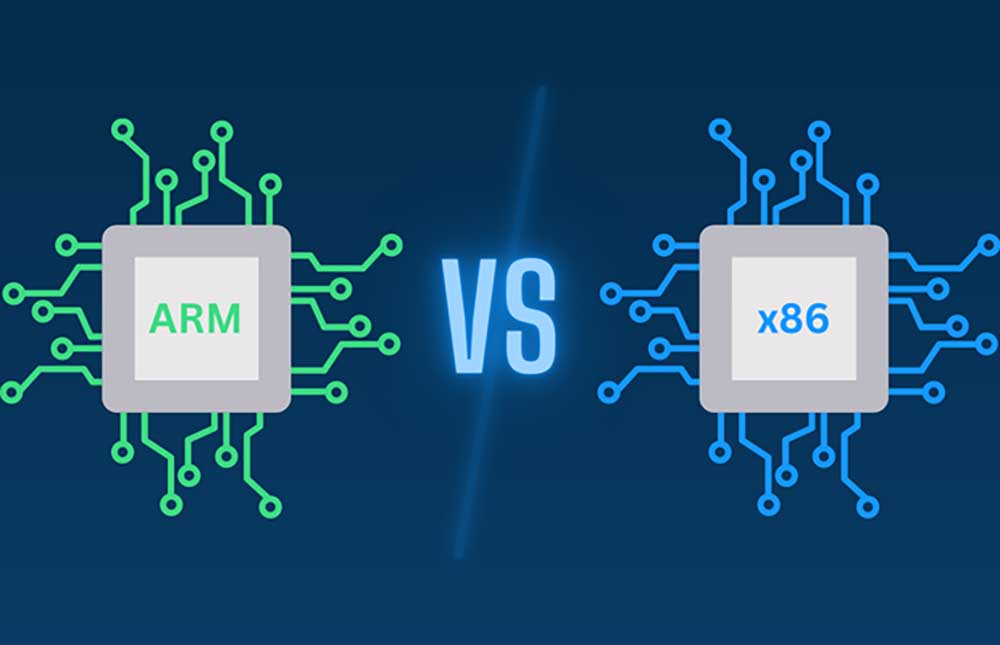
Another hurdle is hardware compatibility, HarmonyOS PCs run on ARM chips, differing from the x86-based architecture of most existing PCs. To bridge this gap, Huawei provides OSEasy VM, a virtual machine tool allowing Windows 11 to run in a sandbox environment, but not natively. Performance and compatibility challenges with legacy productivity software remain potential barriers.
The shift to ARM chips in HarmonyOS PCs creates a fundamental compatibility challenge because most existing Windows software is built for x86 processors. Here’s why this matters and how Huawei’s solution works:
The Architecture Divide
ARM vs. x86: These are two different “languages” for computer processors.
ARM (used in phones/tablets) prioritizes battery life and efficiency.
x86 (used in most PCs) emphasizes raw power for complex tasks.
Software Lock-in: 90% of Windows apps are written for x86. Without special tools, they can’t run directly on ARM chips.
Huawei’s Workaround: OSEasy VM
This virtual machine acts like a translator and isolated workspace:
Sandboxed Environment:
Runs Windows 11 in a secure “bubble” separate from HarmonyOS.
Prevents Windows software from directly accessing hardware or harming the main system.
Performance Tradeoffs:
Translation between x86 and ARM instructions creates overhead, making apps run slower than native ARM software.
Resource-intensive tasks (video editing, gaming) may lag or become unusable.
Limited Integration:
Files and features can’t seamlessly move between HarmonyOS and the Windows VM.
Peripheral support (printers, graphics cards) may be restricted in the VM.
Strategic Implications
Short-Term Bridge: In the short-term the setup lets users access critical Windows apps while Huawei builds its native ARM app ecosystem (currently 300+ apps, targeting 2,000 by end 2025).
Long-Term Risk: Reliance on emulation could frustrate users expecting full PC performance, potentially slowing HarmonyOS adoption against established x86 rivals.
Security Advantage: The sandbox design contains additional Windows vulnerabilities compared to traditional PCs.
In essence, OSEasy VM is a stopgap solution that enables basic compatibility at the cost of performance and integration, a calculated tradeoff as Huawei pushes to break x86’s 50-year PC dominance.
Still, early adoption among Chinese software firms is encouraging, key players like WPS Office, Zhongwang CAD, and Meitu have already adapted features, leveraging HarmonyOS’s AI tools for enhanced automation.
This launch didn’t happen in a vacuum

In March 2025, Huawei’s Windows license expired due to U.S. sanctions and export controls, forcing the company to either find or build an alternative. HarmonyOS PC is that alternative, designed to counteract foreign technology dependence.
In May 2014, Chinese authorities officially banned the use of Windows 8 on government computers, citing security concerns. The move was part of a broader national strategy to reduce reliance on foreign software in sensitive sectors. This policy trajectory increased demand for homegrown, full-stack solutions across hardware, software, cloud, and AI—an area where Huawei has since become a major player, particularly after U.S. sanctions escalated its push for technological self-sufficiency.
Market analysts predict HarmonyOS PC could rapidly gain traction within government, military, education, and finance sectors. Even capturing 20% of China’s commercial PC market (~15 million units/year) could significantly strengthen Huawei’s domestic presence.
Global Outlook: A Regional Power or a Global Player?
Worldwide, Microsoft dominates with ~70% OS market share, followed by Apple at ~15%.
HarmonyOS PC, while disruptive in China, is unlikely to challenge these figures internationally anytime soon. Developers outside the mainland remain cautious, and Western software vendors are slow to adopt Huawei’s SDKs (Software Development Kits).
Export restrictions further complicate a global rollout.
That said, in China and sanctioned regions, HarmonyOS PC is not a gimmick. If Huawei continues integrating AI, refining cross-device capabilities, and expanding its ecosystem, it could become the foundation of a parallel tech sphere, not just “Made in China,” but built for China and its digital influence network.
The Third Tier Has Arrived
Huawei’s HarmonyOS PC isn’t just another laptop, it’s a declaration of intent. It signals China’s entry into the desktop OS market, aiming to disrupt, differentiate, and decouple from Western tech giants.
Whether it achieves global influence or remains a dominant regional force will depend on how quickly its ecosystem matures, how effectively developers embrace the platform, and how deeply Huawei embeds HarmonyOS into essential workflows.
One thing, however, is clear: for the first time in decades, the global PC operating system market has a serious new contender. And it didn’t come from Silicon Valley, it came from Chengdu.
Related article: Hainan Trials intra-city + provincial, air-to-air Drone Logistics System Linking Mainland
